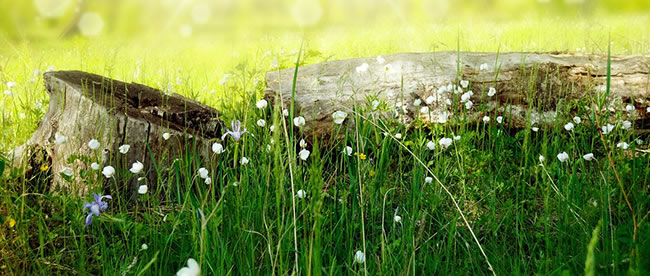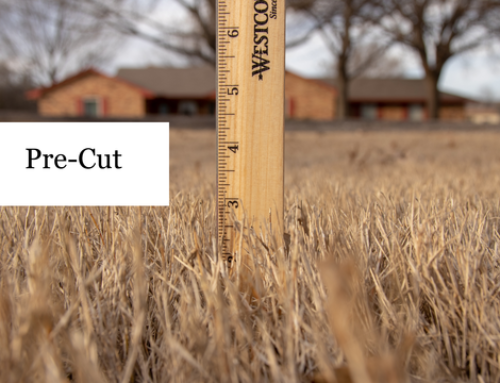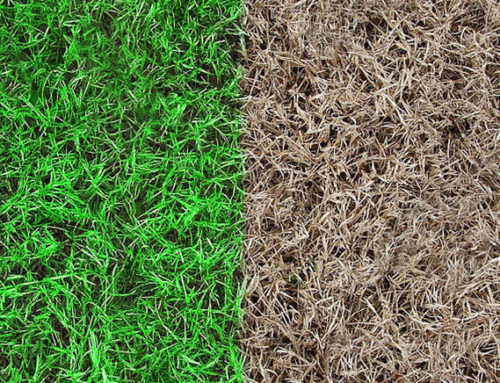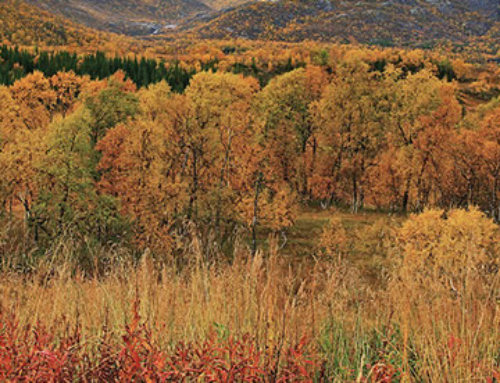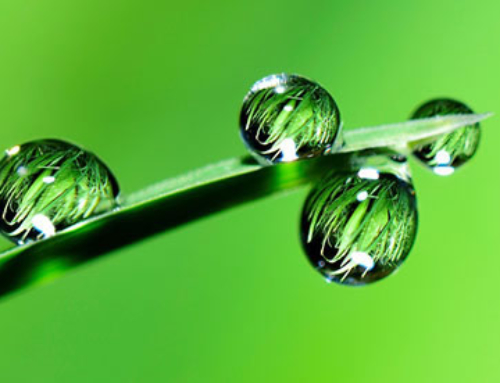The warmer months can be a troublesome time for lawn care. Not only are homeowners facing drought, nutsedge, grub damage, and bare spots, they also must deal with invasive plants trying to take over. Getting rid of summertime grassy weeds can be difficult, but it is possible with patience and a game plan.
The Terrible Three: Crabgrass, Dallisgrass, and Johnson Grass
There are a countless number of weeds vying for your turf. Among the hardest to kill are Crabgrass, Dalisgrass, and Johnson Grass. In addition to nutsedge, these three weeds are widely found in North Texas lawns in the summer.
Crabgrass


- An annual plant. Unlike perennials, it grows in the warmer months, seeds, and then dies.
- Has a medium-green coloration.
- Expands by “runners” and slender seed heads attached along the main stem.
- It has a wider leaf structure than Bermuda Grass
- Grows outward, close to the ground, in a star-shaped pattern.
Dallisgrass


- A perennial plant which does not die but rather goes dormant in the cooler months.
- Grows rapidly from a central point outward and upwards.
- Has a deep-green coloration
- Thrives in sandy or clay soils
- Seed heads are very noticeable and covered in black specks. These seed heads can reach 12 to 15 inches above the ground.
Johnson Grass


- A perennial plant with a highly aggressive rhizome system.
- Expands by both seeding above ground and an underground rhizome system.
- Appears like tall grass and feels coarse to the touch.
- Leaves have a solid white line running through the middle.
- In general, this plant is found clump together.
The Struggle is Real
Have you ever experienced food poisoning? Those who have, know that it is a dreadful experience. Your body can experience headaches, chills, a loss of weight, fever, and a general weakening of the body. The good news is that healthy individuals will usually bounce back from this experience. The bad news is that same thing happens in plants.
In lawn care, weed control chemicals have the same effect on plants as food poisoning in humans. When the chemical is applied, the plant intakes the poison and becomes weak. In most cases, the weeds are not able to recover from the poison. On the other hand, weeds like Crabgrass, Dalisgrass, and Johnson Grass are sturdy plants that (like humans) can bounce back.
Getting Rid of Summertime Grassy Weeds
Grassy weed control can be a daunting task, especially when dealing with the terrible three – Crabgrass, Dallisgrass, and Johnson Grass. At the same time, there are ways to gain the upper hand:
- Don’t allow the problem to get out of hand. If not dealt with, grassy weeds will overrun a lawn.
- Be consistent in your lawn treatments. If you maintain a regular schedule, your grass will be robust enough to keep weeds from establishing.
- Make sure your lawn is being mowed on a weekly schedule and at a consistent height.
- Do not overtreat areas with weed killer. Doing so can damage the surrounding grass, slowing down the lawn’s recovery time.
- Partner with your neighbors. If your neighbors are not controlling their weeds, it is going to be difficult to keep weeds from infiltrating your lawn.
- Have patience. Getting rid of summertime grassy weeds takes time and consistency.
Grassy weed control is a process. It involves identifying the weeds and consistently applying the appropriate chemicals. Above all, do not lose heart when dealing with Crabgrass, Dallisgrass, and Johnson Grass. By maintaining a healthy and lush yard, these weeds will not be able to take root on your property.

